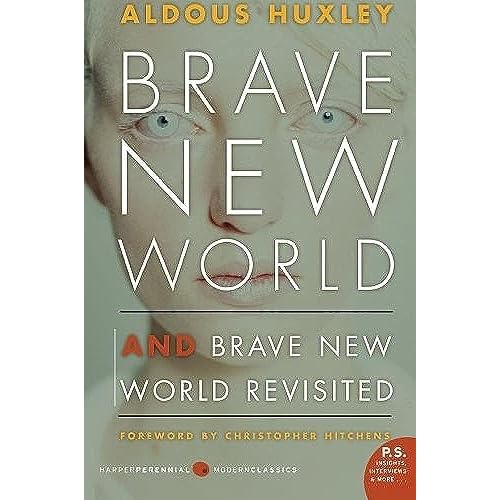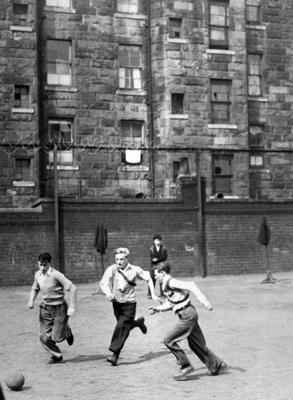Understanding Media
 McLuhan claims that different media invite different degrees of participation on the part of a person who chooses to consume a medium. Some media, like the movies, enhance one single sense, in this case vision, in such a manner that a person does not need to exert much effort in filling in the details of a movie image. McLuhan contrasted this with TV, which he claimed requires more effort on the part of viewer to determine meaning, and comics, which due to their minimal presentation of visual detail require a high degree of effort to fill in details. A movie is thus said by McLuhan to be hot, intensifying one single sense "high definition", demanding a viewer's attention, and a comic book to be "cool" and "low definition", requiring much more conscious participation by the reader to extract value.
McLuhan claims that different media invite different degrees of participation on the part of a person who chooses to consume a medium. Some media, like the movies, enhance one single sense, in this case vision, in such a manner that a person does not need to exert much effort in filling in the details of a movie image. McLuhan contrasted this with TV, which he claimed requires more effort on the part of viewer to determine meaning, and comics, which due to their minimal presentation of visual detail require a high degree of effort to fill in details. A movie is thus said by McLuhan to be hot, intensifying one single sense "high definition", demanding a viewer's attention, and a comic book to be "cool" and "low definition", requiring much more conscious participation by the reader to extract value.McLuhan's theories about "The medium is the message", link culture and society. The Internet, and the advent of the World Wide Web, are examples of what McLuhan would classify as hot media.
Each new form of media, according to the analysis of McLuhan, shapes messages differently thereby requiring new filters to be engaged in the experience of viewing and listening to those messages.
"I must be right because I'm willing to die for it"






















